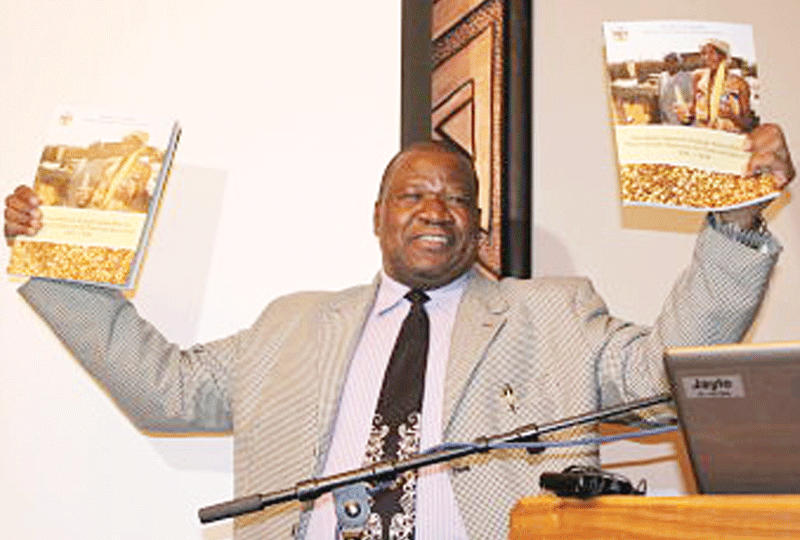
Drought conference offers solutions

The African drought conference held this week shows a glimpse into how government plans to deal with the slow uptake of traditional knowledge against climate change which poses threats to investments in the agri-sector.
At a side-event hosted by the Ministry of Agriculture, Water and Forestry (MAWF) recently, the ministry revealed a blue-print guide for research and development as set out in the national agriculture policy focus on conserving and using genetic resources.
By introducing cultivars of staple crops that have adjusted and selected on their hardness. Not only for income generation opportunities linked to these resources but the heritage of traditional knowledge systems that reveal coping mechanism for an erratic and unpredictable climate.
Conservation activities and efforts remain steady over a 25 year period, with added contributions from small-scale farmers, marrying the traditional approaches and scientific achievements that will have the potential to strengthen the capacity and contribution of such farmers to deal with household,regional and national food security.
However, the value addition of the conserved genetic material still remains a challenge.
The genetic material that is removed from its natural habitat and stored as gemplasm, is limited by the low capacity of technical know how in plant breeding and inadequate information on local germplasm available for crop improvement programmes.
The national drought conference placed Plant Genetic Resources for Food and Agriculture (PGRFA) high up on the agenda this week as a vital means to sustaining livelihoods and providing food security for many.
This the Minister of Agriculture, Water and Forestry, John Mutorwa said, that preserving these resources for Plant Genetic Resources for Food and Agriculture has the potential to curb the erosion of development efforts particularly in the agri-sector.
The National Strategic Action Plan (NNSAP) provides a base for immediate action and medium term investment in creating a vision for using genetic resources for food and agriculture as Namibia is among the first to develop such a plan for conserving and using these plant genetic resources since the early 1990s through the National Plant Generic Resources Centre.
More than 4,000 accessions representing major stable of pearl millet, sorghum, and maize, as well as legumes and melons that are important to the food security of local communities in the northern regions have been added to a section at the National Plant Genetic Resources Centre that lies within the Ministry of Agriculture Water and Forestry. This section devotes time to collecting, documenting, conserving and promoting the use of local germplasm.
With funding received from the Benefit-Sharing Fund of the International Treaty for Plant Generic Resources for Food and Agriculture, through the United Nations Development Programme and Ministry of Environment and Tourism, that financed the development of the plan. The Gobabeb
Research and Training Centre coordinated the Plan with a data gathering approach, that goes all the way out in developing capacity for emerging local scientists with post-graduate qualifications.










































